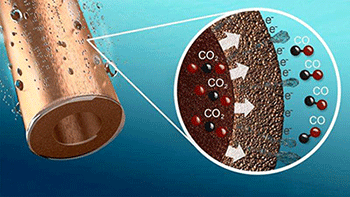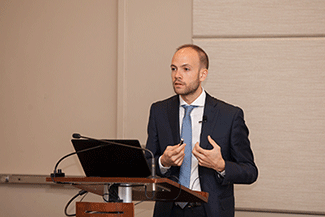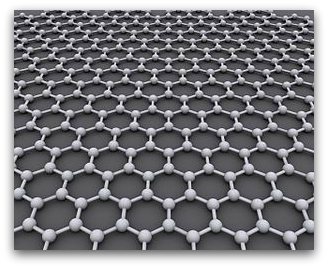President Obama has pushed through the first installment of a pledged $3 billion from the cabinet to help poor countries fight climate change.
The first chunk of change went to the Green Climate Fund, an international body created to assist developing countries adapt to and mitigate climate change.
The effects of climate change often hit the world’s poor the hardest. Millions of the poorest families around the world are farmers, suffering from the devastating effects of harmful emissions affecting local climates. This could sink those families even deeper into poverty, yet they are typically the ones least at fault for the rising levels of emissions such as carbon dioxide.
The $500 million is part of President Obama’s Clean Power Plan, which is aimed at cutting U.S. carbon emissions in order to fight climate change. The first transaction shows that the cabinet is committed to delivering on its pledge made at the United Nations’ climate change conference in Paris in late 2014.
“The United States provided a $500 million grant to the Green Climate Fund,” a State Department official said. “This grant is the first step toward meeting the president’s commitment of $3 billion to the GCF, and shows that the United States stands squarely behind our international climate commitments.”
Not only does this payment help enact measures to fight climate change, President Obama also hopes it will act as a signal to the national and international community after the supreme court block a major piece of the cabinet’s climate plan last month.







